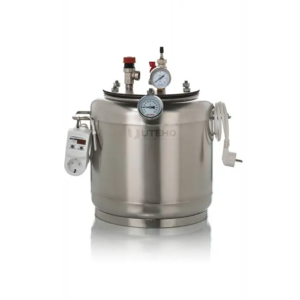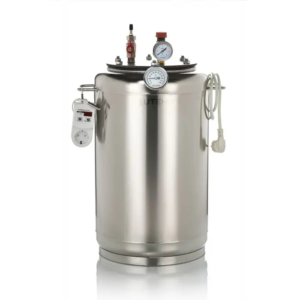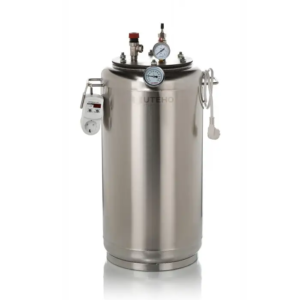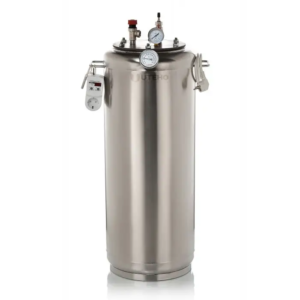To make home-canned meals, choose only high-quality ingredients, making sure they are as fresh as possible. Wash containers thoroughly before cooking.
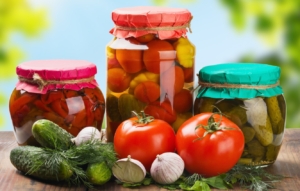
The dishes are filled according to the recipe and then sealed tightly. Separate sterilisation of the jars is not necessary for autoclave canning. To ensure the good taste quality of home-canned foods, we recommend using fresh ingredients from trusted manufacturers.
How to fill cans in a car boot?
The sealed jars are placed on a special tray at the bottom of the machine. In the autoclave, as many cans as will fit can be stacked on top of each other.
If the design of the device requires the use of mounting cassettes, the cans should be positioned strictly following the instructions supplied by the autoclave manufacturer. Each row should consist of cans of the same size and height. Also use the same type of bowl. Otherwise, the mounting cassette may fail and the lids may come off.
The next step is to pour water into the autoclave. Do not fill the device to the brim, it is advisable to leave a free space (5-7 cm). The water should be poured into the autoclave so that it covers the cans by 1-2 cm.
Conservation process in autoclave
The conservation algorithm is as follows:
- Close the lid of the appliance firmly and make sure the sealing ring is in place. After tightening the first nut, tighten the next nut perpendicular to the cover. Avoid tightening nuts in a circular sequence.
- If you use cans with lids without cartridge in an autoclave, you need to pre-pressurise the tank. For screw-top cans, no pre-pressurisation is necessary. The pressure is sufficient if the manometer indicates a pressure of one atmosphere (1 bar). A pre-pressurised autoclave eliminates the large pressure differential that occurs during the heating of the apparatus, and thus the lids remain firmly in place. In addition, the procedure helps to determine whether the autoclave is tightly sealed or not. If you have special fixing cassettes, you can skip this step and do not need to do the pre-pressurisation.
- Start heating the appliance. As the temperature increases, so does the internal pressure.
- According to the recipe, the autoclave needs to be heated to 110-120 degrees to get rid of bacteria and other microorganisms. The cooking time for meat dishes is usually 60 minutes. Canned vegetables take only 15-20 minutes. The temperature should be as stable as possible once the set temperature has been reached. It takes several hours for the appliance to heat up to the appropriate level.
As long as you follow the prescription and the manufacturer’s instructions carefully, you should have no difficulty using the autoclave. The autoclave needs to be maintained and used correctly so that it will give you years of trouble-free service.
How to stop autoclave sterilisation
When the prescription time has elapsed, the unit should be allowed to cool and the pressure should be allowed to drop. The appliance must cool to about 30 degrees Celsius. The pressure relief valve may then be used to release any excess pressure.
Sudden heating, or cooling, is not good. Otherwise, the jars may lose density and open. Before opening the autoclave lid, it is recommended to check the pressure relief valve once more. This will ensure that the pressure inside and outside the device is the same. If everything is OK, you can safely open the lid and take out the sterilised and ready product.
On average, the process of preparing canned dishes takes 3 hours. If you want to take the product out of the autoclave on the same day, you need to start early, as it takes time to cool down to room temperature. If you are cooking in the evening, leave the autoclave to cool overnight, by the morning the autoclave should be cool enough to open.

